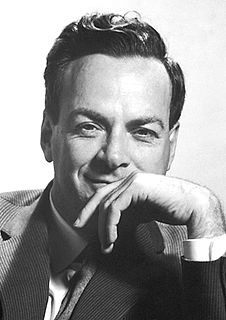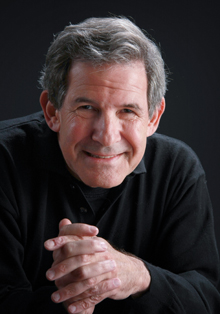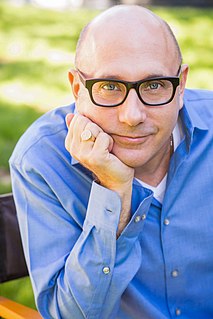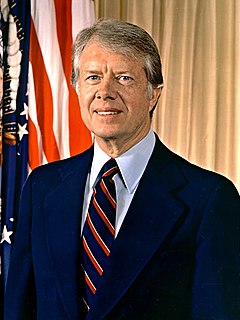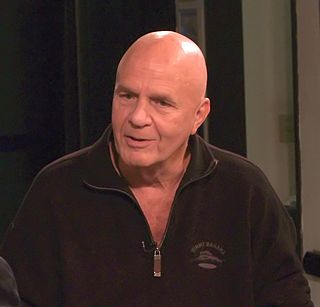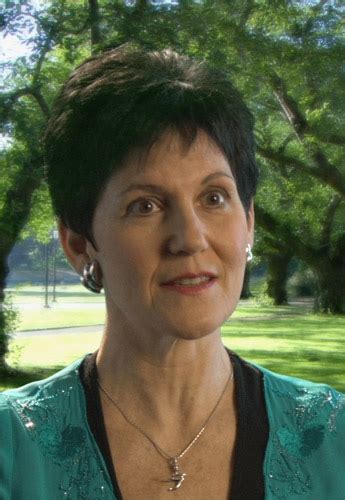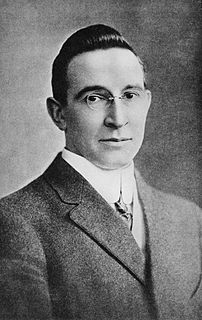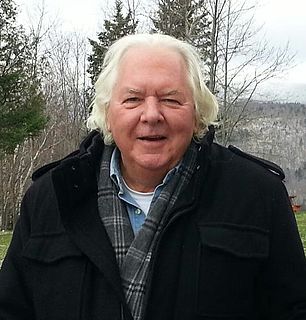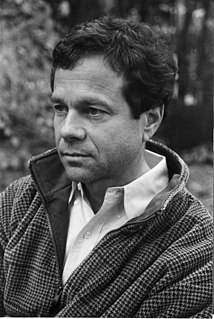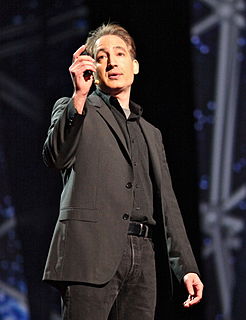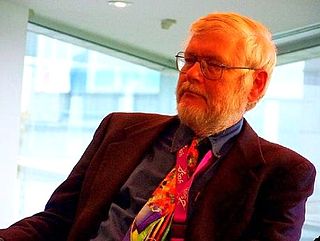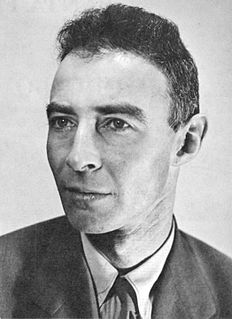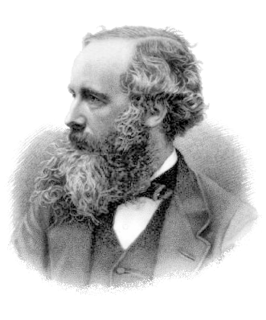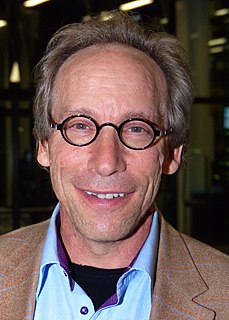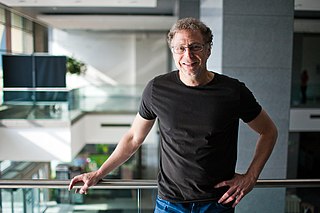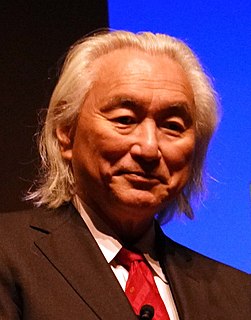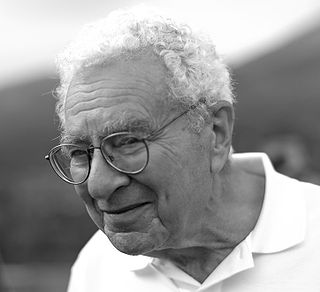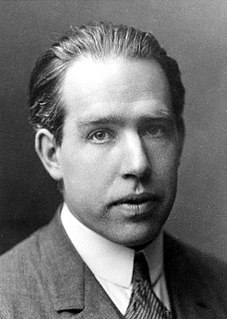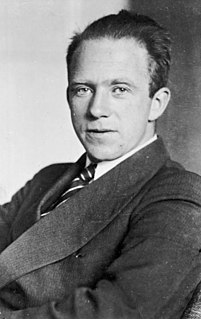A Quote by Richard P. Feynman
We seem gradually to be groping toward an understanding of the world of subatomic particles, but we really do not know how far we have yet to go in this task.
Related Quotes
Every subatomic interaction consists of the annihilation of the original particles and the creation of new subatomic particles. The subatomic world is a continual dance of creation and annihilation, of mass changing into energy and energy changing into mass. Transient forms sparkle in and out of existence, creating a never-ending, forever newly created reality.
Entanglement can best be understood as this: When subatomic matter is in a process together, subsequently the subatomic particles go apart from each other and go across the universe. When they do this, they will remain entangled. That means if you do something to one, the other one responds immediately, instantaneously.
String theory?[pause] It closed the conceptual gulp between relativity and quantum mechanics. It postulates that subatomic particles are not points, but strings, about one planck length long. The rate at which strings vibrate can generate the properties of all known particles. Huh? How did I know that?
I think the Bible is completely inspired by God in its overall messages. But, for the people of those days to know what was going to happen 4,000 years later in a world of astronomy or subatomic particles. They didn't have access to the knowledge that we presently have about geology. So, we know now that the world was created many of billions of years ago, 13 or 14 billion years ago. As far as they knew, the earth was the center of the universe. They thought that stars were little twinkling things in the sky where as now we know stars are very distant and much larger than the earth.
Our natural state of being is in relationship, a tango, a constant state of one influencing the other. Just as the subatomic particles that compose us cannot be separated from the space and particles surrounding them, so living beings cannot be isolated from each other... By the act of observation and intention, we have the ability to extend a kind of super-radiance to the world.
Science is a way of thinking much more than it is a body of knowledge. Its goal is to find out how the world works, to seek what regularities there may be, to penetrate to the connections of things-from subatomic particles, which may be the constituents of all matter, to living organisms, the human social community, and thence to the cosmos as a whole.
It is when things go hardest, when life becomes most trying, that there is the greatest need for having a fixed goal, for having an air castle that the outside world cannot wreck. When few comforts come from without, it is all the more necessary to have a fount to draw from within. And the man or woman who has a star toward which to press cannot be thrown off the course, no matter how the world may try, no matter how far things seem to be wrong.
I look back and think of all the times I've had to let things go in the past, and how traumatic it seemed while it was happening, but how my understanding of it changed as time passed - and oftentimes things that seem really difficult and traumatic in the short term seem a lot less difficult and traumatic in the long term. So I remind myself of that.
The universe is random. It's not inevitable. It's simple chaos. It's subatomic particles in endless, aimless collision. That's what science teaches us, but what is this saying? What is it telling us, when on the very night that this man's daughter dies, it's me who's having a drink with him? How can that be random?
